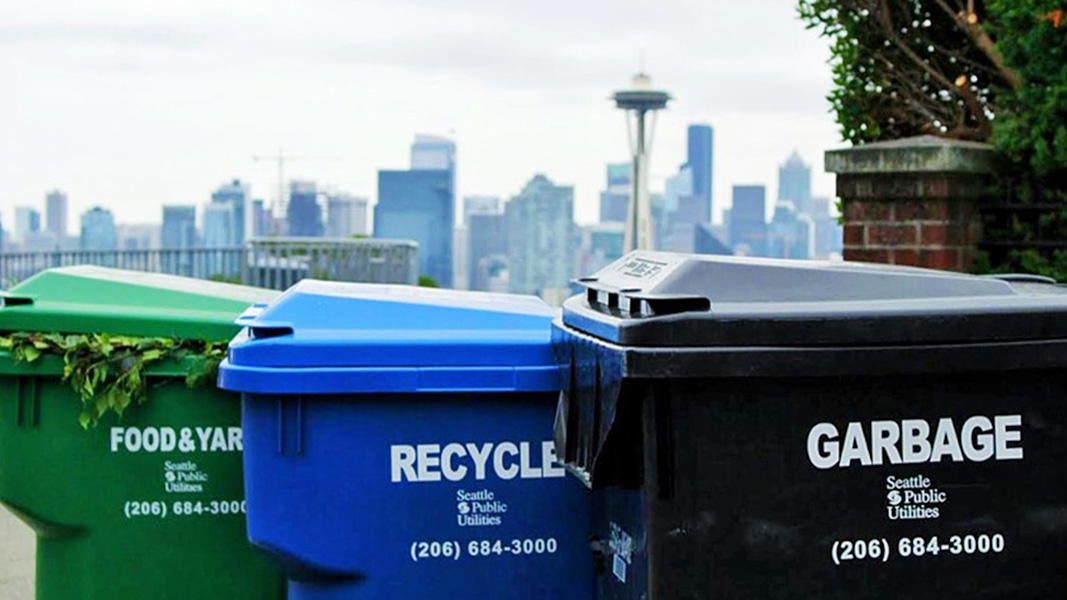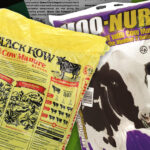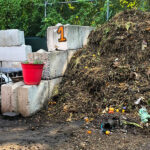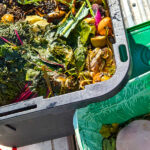Top: City of Seattle 3-stream residential curbside collection carts. Photo courtesy of Seattle Public Utilities
BioCycle recently came across a February 2022 report that summarizes the findings of a 2020 Seattle (WA) Residential Garbage and Recycling Composition Study. Both single-family and multifamily households have access to collection of source separated organics, including food waste and yard trimmings. In 2009, Seattle required all residential properties to either subscribe to food waste and yard trimmings collection or participate in backyard composting. Since 2011, multifamily buildings in Seattle have been required to provide organics collection service for their residents, and in 2015, Seattle prohibited food waste from the garbage. Compostable food service items and soiled paper are accepted in the organics stream.
The objectives of the residential garbage and recycling composition study, conducted by Cascadia Consulting, were to provide statistically reliable data on the composition of garbage and recycling streams collected from single-family and multifamily residences in the City of Seattle, and obtain information about the City’s residential garbage and recycling streams to estimate the recycling potential for each. Organic material (e.g., food and yard material) collected from residents were excluded from the Study. Cascadia is conducting a residential organics study in 2022.
The findings shed light on the quantity of compostable organics that are still in the garbage stream, despite the convenient collection access. In Seattle’s residential garbage, 63.1% of the material was classified as recoverable through existing programs; of that 30.4% was in the compostable recoverability class (currently accepted in the collection program) and 21.3% in the curbside recyclable recoverability class. The materials classes, Other Organics (27,207 tons) and Compostable Organics (25,021 tons), accounted for 43.6% of Seattle’s residential garbage. (Other Organics include textiles, disposable diapers, animal by-products, etc.) The most common material type, by weight, in Seattle’s residential garbage was packaged edible food scraps (9.9% or 11,181 tons). Animal by-products and compostable or soiled paper products each accounted for at least 8% of garbage.
Separated out by household type, nearly half of the garbage tonnage from single-family dwellings included compostable organics (13,634 tons) and other organics (18,557 tons). Animal by-products were the most prevalent material type (12.2%). Of the single-family garbage that was recoverable (57.6%), 29.4% was compostable. In the multifamily stream, paper (12,247 tons) and compostable organics (11,387 tons) accounted for nearly 45% of garbage tonnage. Plastic (9,268 tons) made up more than 17% and Other Organics (8,650 tons) were about 16%. Compostable or soiled paper products and packaged edible food scraps were the most prevalent material types (8.9% and 8.6% respectively). Seventy percent of multifamily garbage (by weight) was recoverable — 26.3% was curbside recyclable, 31.7% was compostable, and 12.1% was recoverable through other programs or services. Download the February 2022 residential waste composition study at this link.













